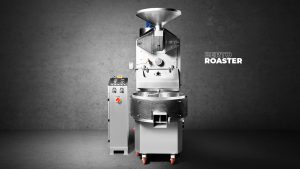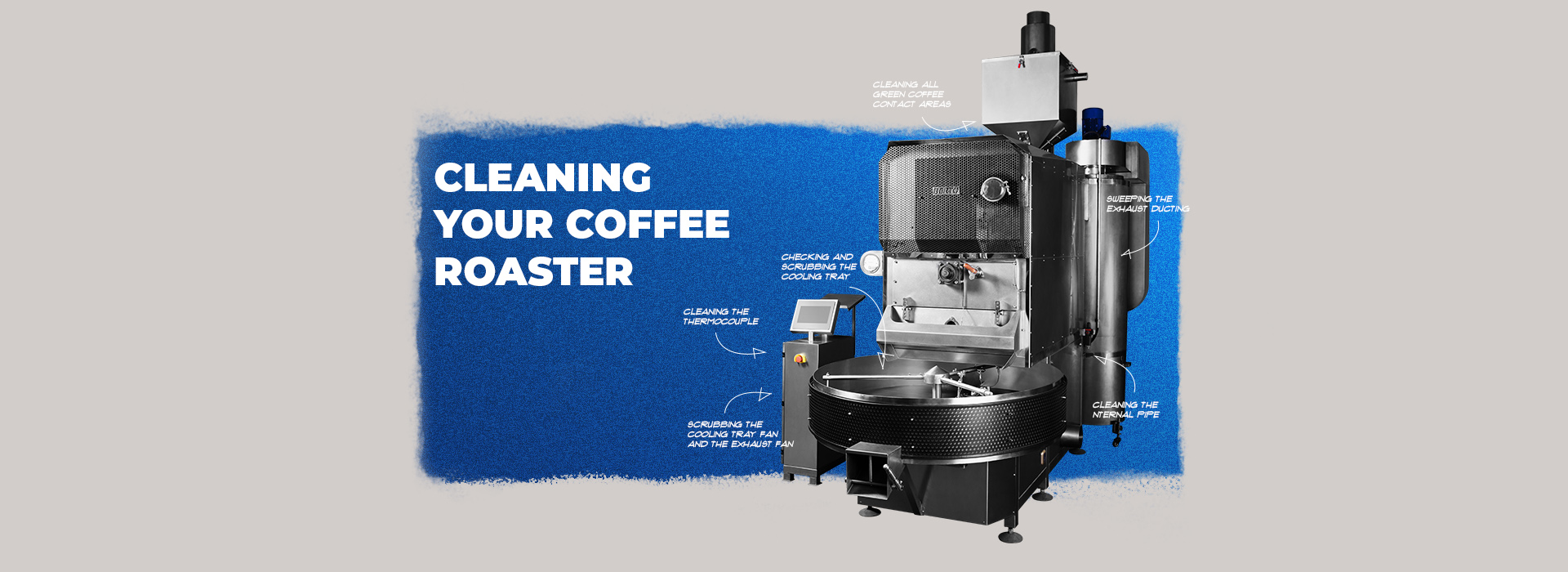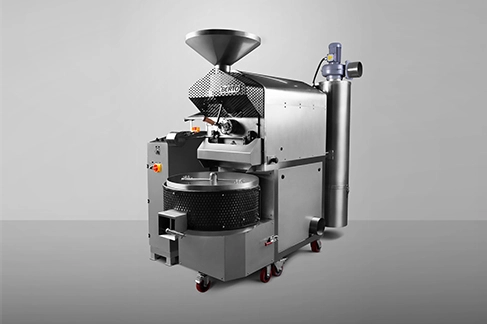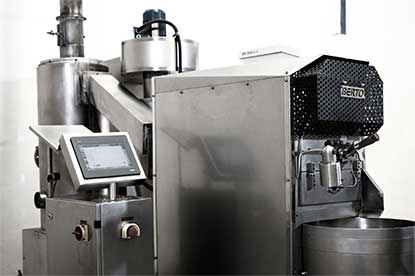Cleaning Your Coffee Roaster
The coffee roaster machine is the main tool of any coffee roasting business, and oftentimes it is the most expensive item that you invest in. Naturally, a good roaster would want to keep the roaster machine in prime condition. A well-maintained coffee roaster machine has a longer lifespan and produces better quality and consistency, and also reduces the risk of fire, breakdown, or injury to the staff. If you have the roaster machine for display in your coffee shop or roastery, clean equipment can convey an image of professionalism, and responsibility to your customers. We are going to discuss why you need to clean your coffee roaster, and we also give you tips on how to do it.
Why and How Often
Coffee roasting can be a messy job – every time green coffee beans get roasted, chaff and oil are generated and can accumulate inside the drum roaster over time. These are highly flammable, thus posing a fire hazard. A poorly maintained roaster machine also has reduced airflow that later on can escalate into major problems, including bean defects and machine breakdown.
How often should you clean your coffee roaster? It depends on how frequently you roast coffee and what kind of roast you do. If you roast every day, you will need to do routine maintenance more often than if you roast two or three times a week. And if you do dark roast, more oils are produced which means more cleaning is required. Set up a regular cleaning schedule that is easy to remember, like every Friday or every 1st day of the month, and so on. It is also recommended that you divide the maintenance tasks into a manageable schedule that you can do daily, weekly, monthly and annually.

Top Ten Tips On Cleaning Your Coffee Roaster
Below are our top ten tips on cleaning your coffee roaster:
1. As every roaster machine is different, the rate and the area of buildup can vary for each roaster. Spend time and effort to really understand where and how fast the residue is stored in your machine, so you can determine a schedule for your regular maintenance.
2. Your daily cleaning tasks should include:
- Emptying the chaff collection compartment
- Checking and scrubbing the cooling tray to avoid clogging
- Wipe the roaster surface to keep it clean and shiny
3. The weekly cleaning tasks should include:
- Vacuuming underneath the cooling tray and around the burners
- Greasing the lubricated joints or moving parts
- Cleaning the thermocouple
4. The deep cleaning takes place every month, which includes:
- Disassembling and scrubbing the ductwork for the roaster and cooling tray
- Removing and scrubbing the cooling tray fan and the exhaust fan
- Cleaning all green coffee contact areas, including the hopper
- Inspecting bearing alignments and ventilation components
5. Every year, do a more thorough deep cleaning, which includes:
- Sweeping the exhaust ducting
- Cleaning the internal pipes of the roaster machine
- Measuring the airflow and pressure through the pipes
- Securing all the bolts and screws and replacing any worn-out parts
6. In addition, do regular inspection on the electrical connections, water pipes, and gas lines in your workspace to anticipate potential issues.
7. Wear proper gear to protect yourself while doing maintenance, such as protective glasses to protect your eyes from debris, latex gloves to keep your hands away from oils and grime, and mask to avoid inhaling dust.
8. You also need these tools: vacuum cleaner, scrapes and brushes, high-temperature and food safe grease, solvent or degreaser, alcohol-based sanitizer and microfibre cleaning cloth, wrenches and Allen keys to handle nuts and bolts.
9. Do maintenance work in segments, taking small breaks after finishing each section to breathe fresh air and reset your pace while you tackle each part carefully.
10. If you have baristas or other staff members that are interested in learning about roasting coffee, include them in the maintenance work as their learning opportunity.
Although most roaster machines are designed to be robust and long-lasting, regular cleaning and maintenance is the key for producing superior quality roasted coffee beans consistently on every batch, as well as protecting your investment and also people who work in your coffee business. Even though maintenance work can be tedious and you may be tempted to put it off, bear in mind that your roaster machine needs to always be in its best shape to generate profit, so avoiding cleaning your coffee roaster is really not an option.




